
By Henry Hing Lee Chan
China’s Economic Policy: Short Term Pain for Long Term Gain
A May 9 front page interview with an anonymous “person with authority” in the People’s Daily on China’s economic situation shows clearly what senior leaders think about the current economic issues facing China.
This is the third time in the last year that a “person with authority” has talked about the economy. The first interview was on May 25, 2015, and it touched on the looming economic slowdown at that time. The second interview was in January 2016 and talked about supply-side reform. The third interview on May 9 was over 11,000 words and covered a much wider range of topics than the two earlier interviews. There are five questions posed to the interviewee.
• How do you see the current economic situation?
• How will you proceed with macro-prudential economic adjustments?
• How will you proceed with supply side structural reform?
• How will you manage economic expectations?
• How will you manage economic risk?
The key points in the answers to the questions are as follows:
• 6.7 percent growth in the first quarter is better than expected. However, the structural issues facing the economy have not been mitigated. The short- to medium-term economic trajectory will likely take a “L”-shaped path that will last a few years. Slower growth is not a big problem while structural reforms are carried out. The Chinese economy has seen some green shoots as well as some deterioration; the uneven and divergent economic performance for an economy as large as China’s is natural; and the public should not be too concerned with some negative high-frequency economic data. There will always be policy fine-tuning and the “one-step-backward” move should not be construed as a flip flop, as it is being done to facilitate a “two-steps-forward” move later. The public should not focus too much on volatile high-frequency data and question the government’s resolve to reform the economy.
• Demand and supply are two sides of the same coin. Demand-side stimulus policies are important to create a conducive environment for supply-side reform; however, the focus should be on the latter. In the short term, supply-side reform may hurt growth, but short-term pain will bring long-term gain. China is facing structural adjustment challenges and policy calibration is critical for meeting economic objectives. Policies on both the supply and demand sides of the economy should be pragmatic, neither too expansionary nor contractionary. In the context of declining demographic figures, China should not face serious unemployment problems even with ongoing re-structuring. Keeping excess capacity and “zombie” companies will be more harmful in the long run.
• Supply-side reform is critical for the economic future of China. Its outcome will determine whether China can escape the middle income trap. The five economic goals set for the year are: cut leverage; remove excessive industrial capacity; cut excessive property inventory; improve business costs, and invest in long-term efficiency. These are part of the supply-side reforms. High leverage will bring long-term risks to the economy, and it is neither necessary nor feasible to use high leverage to boost economic growth. Property inventory destocking should rely more on “hukou” reforms and continuing urbanization than increasing leverage support.
• The objective behind managing expectations is to gain the trust and confidence of the public in state economic policies. The best way to manage expectations is to tell the truth, communicate properly with the public, and make sure economic policies are consistent.
• Excessive leverage is considered the root cause of economic risks facing the country. The crisis facing the currency, equity, credit, property, and banking sectors all stem from excessive leverage. The public should give up the idea of using monetary expansion to solve structural problems. Zombie companies should be closed and the government should target layoff workers’ unemployment protection and re-training rather than use cash infusions to keep the zombie companies alive. Debt-equity swaps are not a good solution to the current over-leverage problem facing the zombie companies.
Observers generally agreed that the interview with the “person with authority” is one of the most candid assessments of the Chinese economy in recent years from the senior leadership. There is speculation that the interview represents the personal views of President Xi. Barring unforeseen economic events down the road that might force the Chinese government to adopt ad-hoc economic measures to deal with contingencies, the ideas expressed in the interview are expected to be future Chinese economic policies. We should note that the policy propositions in the interview are different from past policies of the Chinese government, particularly in the area of easy credit and support for zombie companies.
In any case, leverage is the main component of risk associated with the Chinese economy at the moment. Accepting an “L”-shaped economic trajectory will lessen the need to use demand-side stimulus to maintain a high economic growth rate and the emphasis on supply-side reform will build a stronger economic foundation for the country. The policy recommendations in the interview are a unique blend of Chinese reform experience and sound economic principles. We really hope that they will bring long-term gain to the Chinese economy while the country undergoes short-term pain.



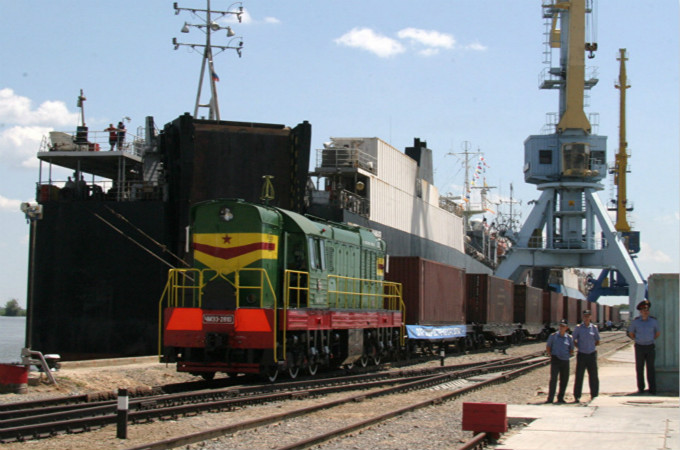

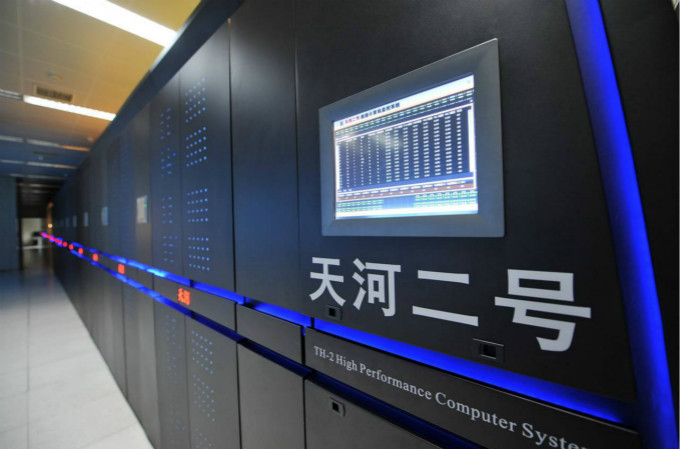
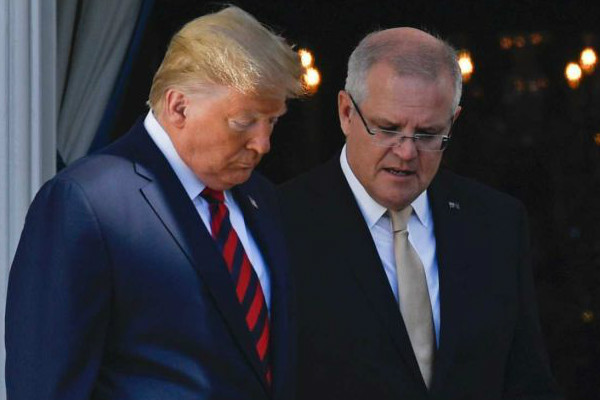




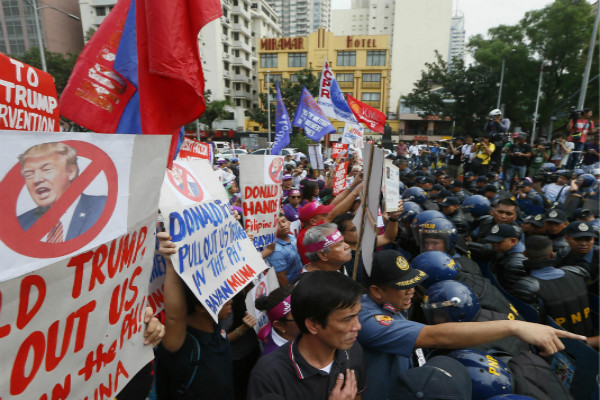


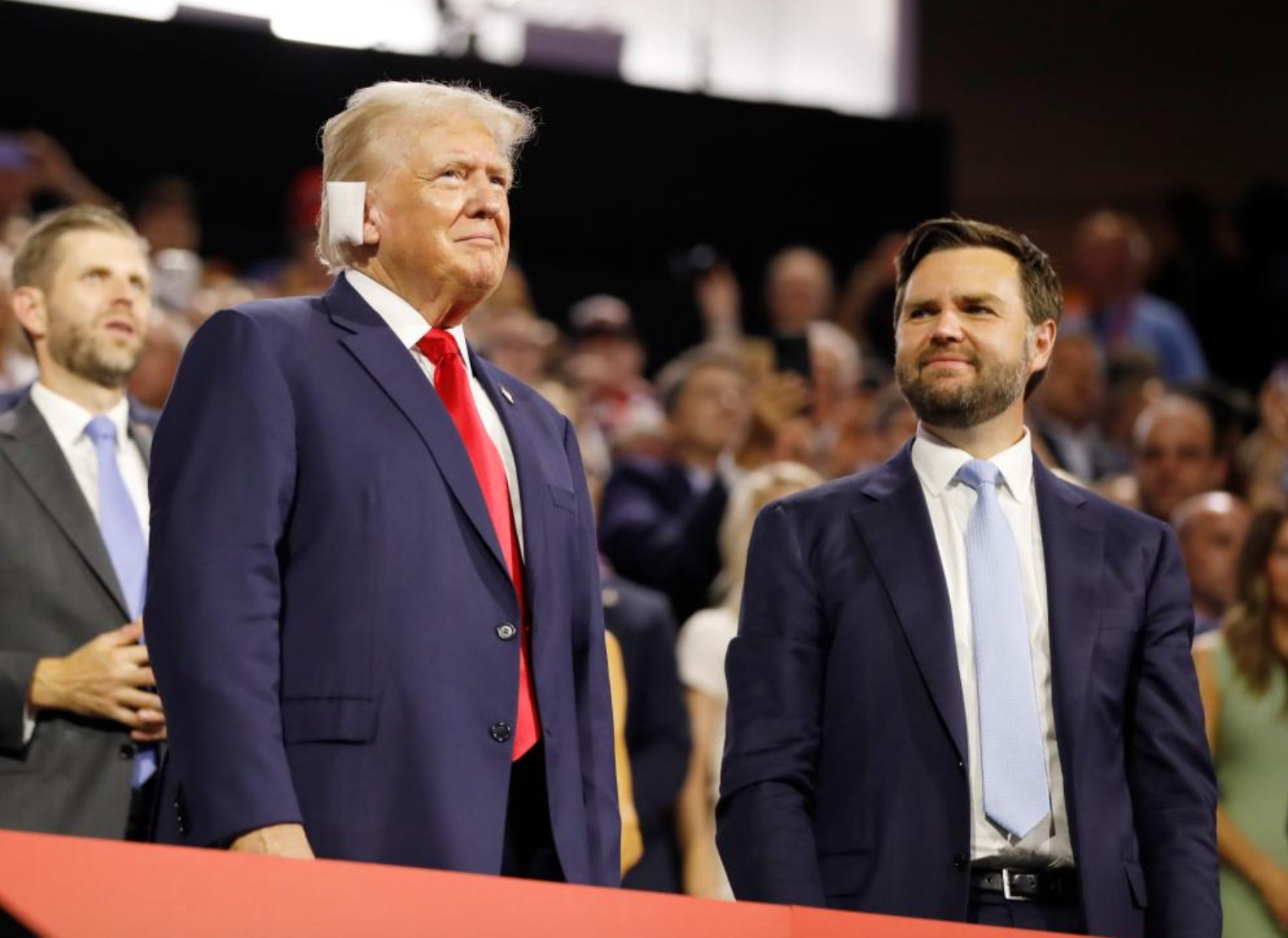

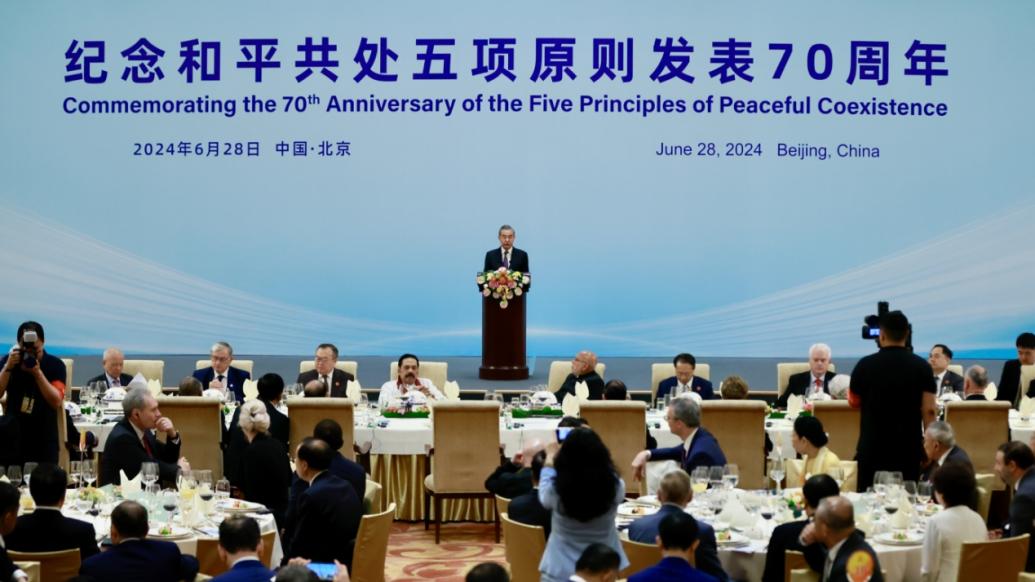

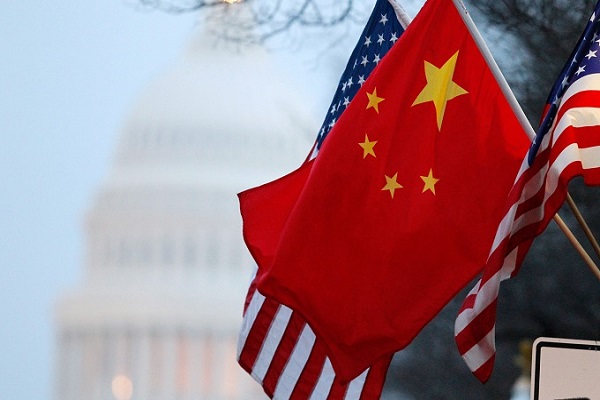


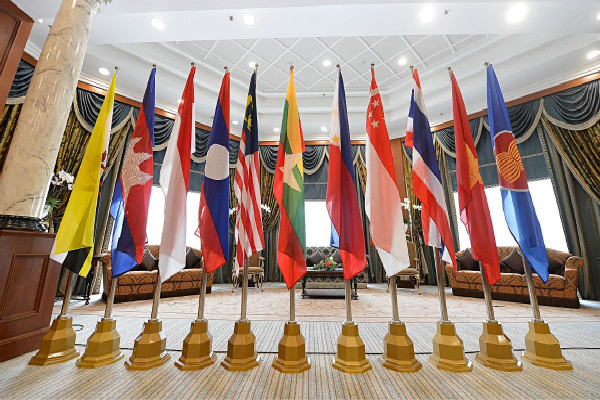
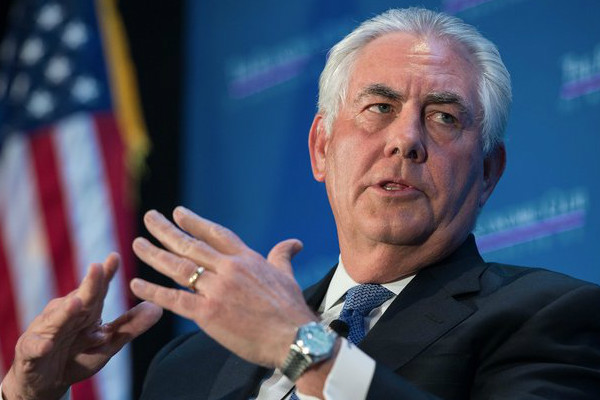

Leave a Reply
Your email address will not be published. Required fields are marked *